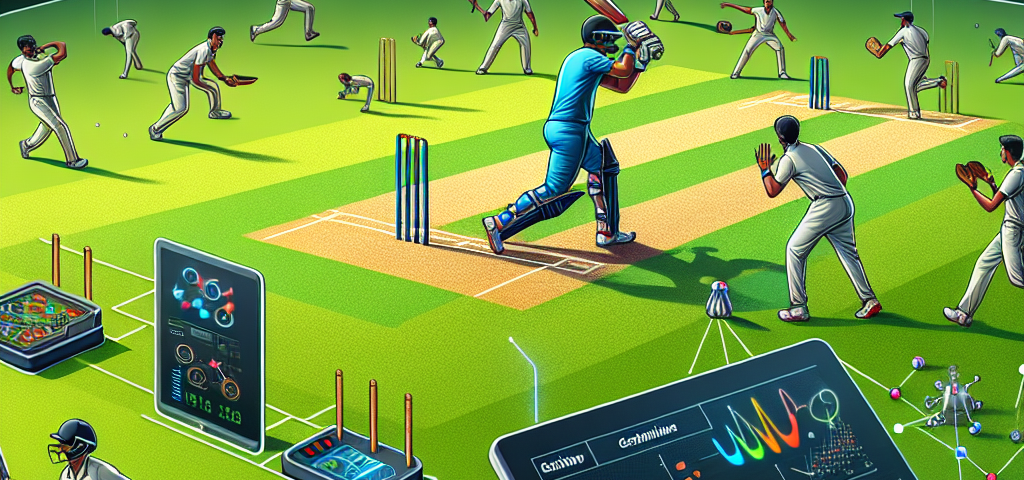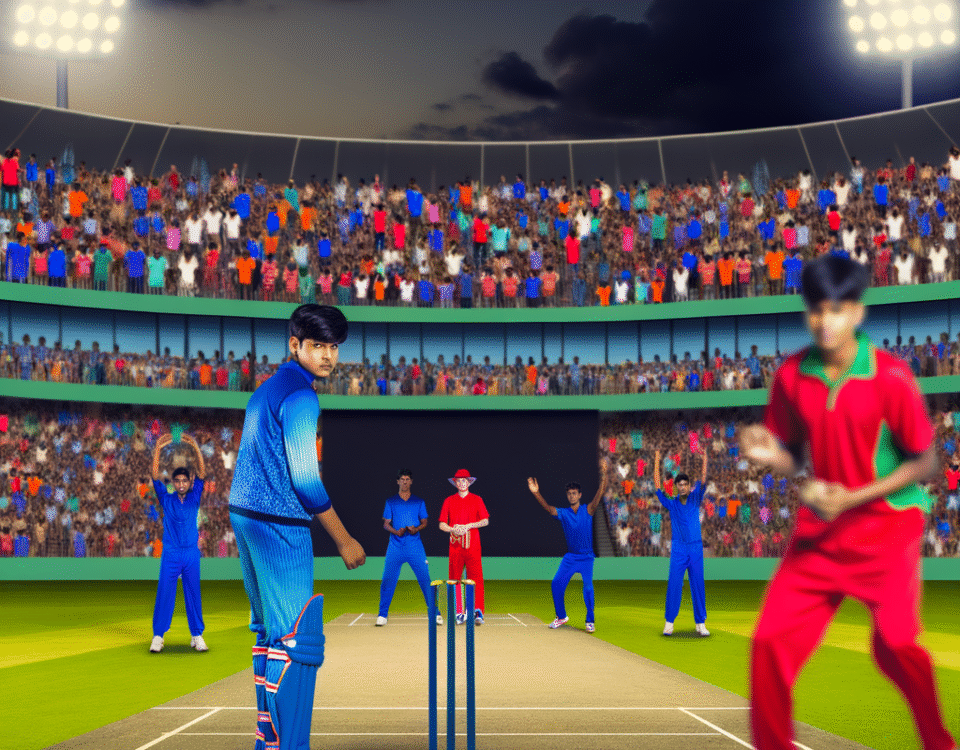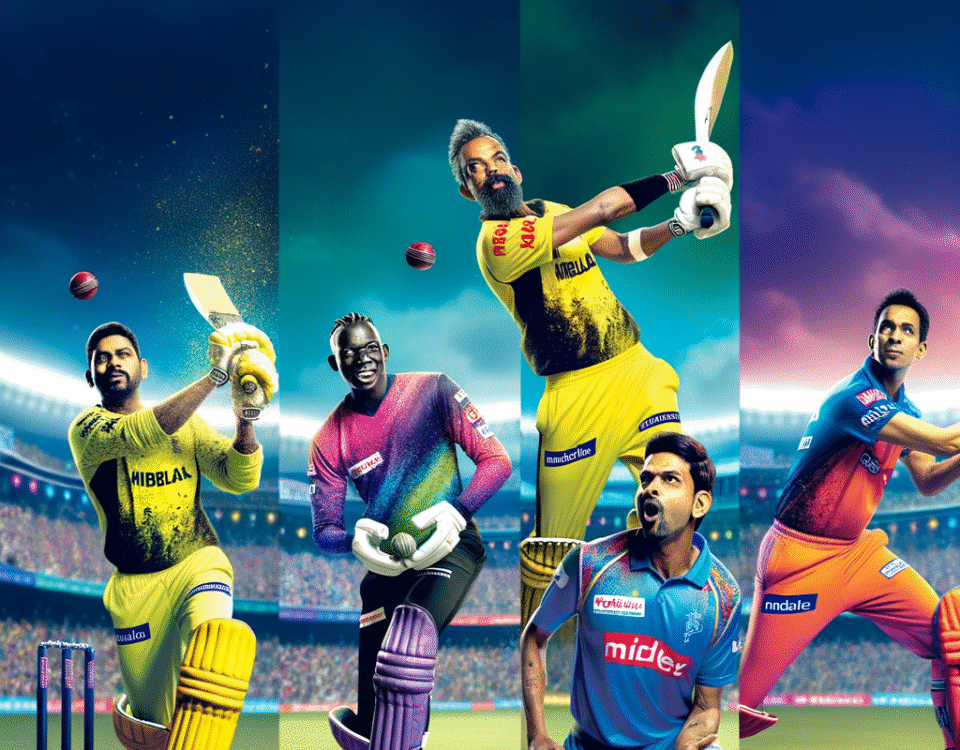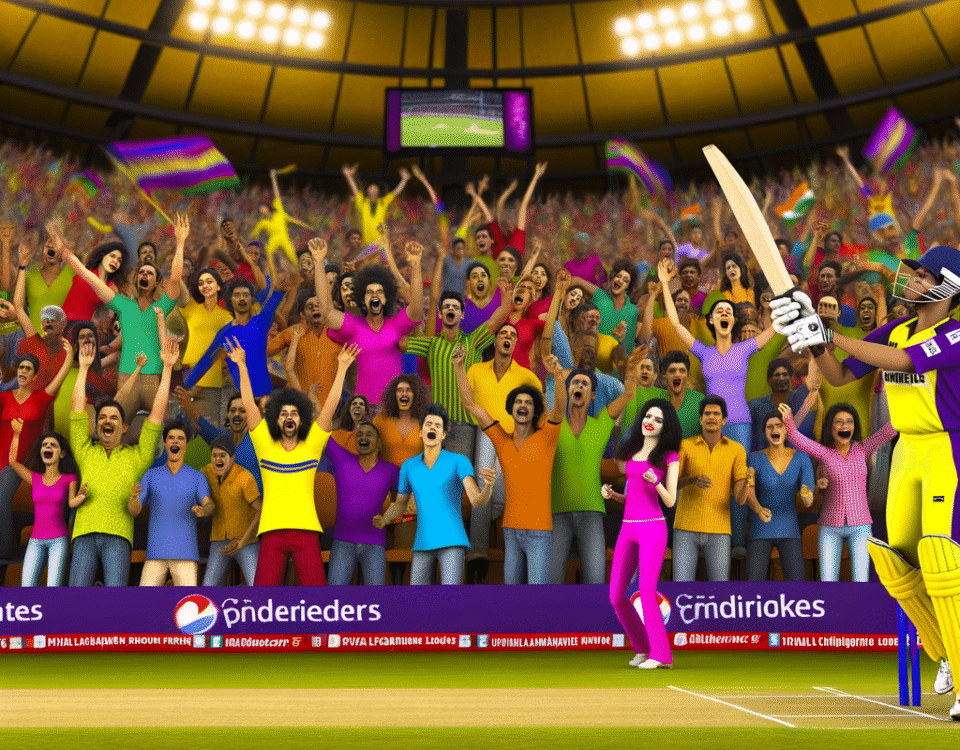
Top Young Talents to Watch in International Cricket 2025
April 10, 2025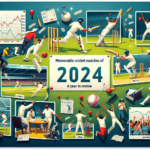
Memorable Cricket Matches of 2024 A Year in Review
April 10, 2025The Evolution of Cricket: Analyzing the Impact of Technology on Modern Cricket
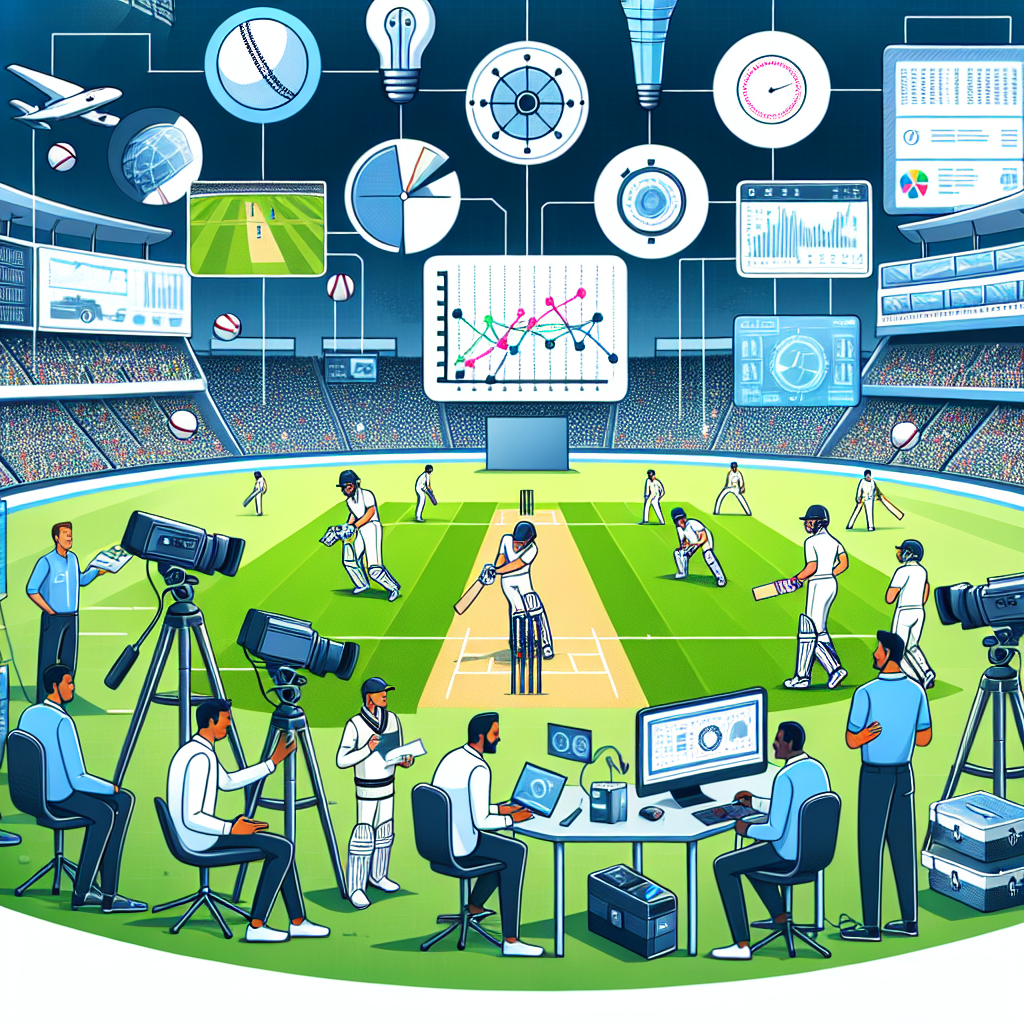
Cricket, often referred to as the “gentleman’s game”, has been played for centuries and has evolved into a highly technical and strategic sport. With the introduction of technology, the game has undergone a significant transformation, both on and off the field. From the use of advanced equipment to the implementation of video analysis and data analytics, technology has had a profound impact on modern cricket. In this article, we will take a deep dive into the various ways in which technology has influenced the game of cricket and its players.
The Role of Technology in Equipment and Gear
One of the most noticeable changes in modern cricket is the use of advanced equipment and gear. From the traditional wooden bats to the modern-day carbon fiber ones, technology has played a crucial role in enhancing the performance of players. The use of lightweight and durable materials has allowed batsmen to hit the ball with more power and precision. Similarly, advancements in the design and materials of cricket balls have made them swing and spin more, making the game more challenging for batsmen.
Another significant change in equipment is the introduction of protective gear. In the past, players used to play without helmets, which made them vulnerable to serious injuries. However, with the use of technology, helmets have become an essential part of a cricketer’s gear, providing them with much-needed protection against fast-paced deliveries. Similarly, the use of lightweight and breathable materials in pads and gloves has made it easier for players to move around the field without any hindrance.
Video Analysis and Decision-Making
One of the most significant impacts of technology on modern cricket is the use of video analysis. With the help of high-speed cameras and advanced software, coaches and players can analyze their performance in great detail. This has allowed them to identify their strengths and weaknesses and work on them accordingly. Video analysis has also been instrumental in decision-making during matches. Umpires now have access to replays and slow-motion footage, which helps them make accurate decisions on close calls.
Moreover, the use of technology has also led to the introduction of the Decision Review System (DRS). This system allows teams to challenge the umpire’s decision by requesting a review of the footage. DRS has been a game-changer in many matches, as it has helped overturn incorrect decisions and provide a fair outcome. However, it has also been a subject of controversy, with some arguing that it takes away the human element of the game.
Data Analytics and Performance Tracking
In recent years, data analytics has become an integral part of modern cricket. With the help of technology, teams can collect and analyze vast amounts of data, including player statistics, match data, and even weather conditions. This has allowed teams to make informed decisions and strategies based on data-driven insights. For example, teams can analyze a player’s performance against specific bowlers or in certain conditions and make changes accordingly.
Moreover, technology has also made it possible to track a player’s performance in real-time. Wearable technology, such as fitness trackers and smartwatches, can monitor a player’s heart rate, distance covered, and other vital statistics during a match. This data can then be used to manage a player’s workload and prevent injuries. It also helps coaches and trainers to identify areas where a player needs improvement and work on them accordingly.
The Impact of Technology on Fan Engagement
Apart from its impact on the game itself, technology has also revolutionized the way fans engage with cricket. With the rise of social media and live streaming platforms, fans can now follow matches in real-time and interact with players and teams. This has made the game more accessible to a global audience, breaking geographical barriers and increasing its popularity.
Moreover, technology has also enhanced the viewing experience for fans. With the use of high-definition cameras and advanced graphics, viewers can now watch matches in great detail, making them feel like they are a part of the action. The use of drones for aerial shots and spider cams for close-up views has added a new dimension to the way cricket is broadcasted.
Case Studies: The Impact of Technology on Cricket
Hawk-Eye Technology
Hawk-Eye technology is a ball-tracking system that uses multiple cameras and complex algorithms to predict the path of a ball. It was first introduced in cricket in 2001 and has since become an essential tool for umpires and players. The system is used to determine LBW (leg before wicket) decisions, which can be challenging for umpires to judge accurately. It has also been used to track the trajectory of a ball and determine whether it has crossed the boundary or not.
One of the most famous instances of Hawk-Eye technology being used was during the 2019 World Cup final between England and New Zealand. In the last over of the match, England needed 9 runs to win, and New Zealand needed 2 wickets to win. On the third-to-last ball, England’s Ben Stokes hit the ball towards the boundary, and as he was running for a second run, the ball accidentally hit his bat and deflected towards the boundary. The umpires initially awarded England 6 runs, but after consulting with the Hawk-Eye technology, they realized that Stokes had not completed the second run, and only 5 runs should have been awarded. This decision ultimately led to England winning the match and the World Cup.
Virtual Reality Training
Virtual reality (VR) technology has also made its way into the world of cricket. It allows players to experience realistic match scenarios and practice their skills in a simulated environment. This technology has been particularly useful for bowlers, as it allows them to practice their deliveries against virtual batsmen, who can be programmed to have different playing styles and techniques.
The Indian cricket team has been using VR technology for training since 2015, and it has helped them improve their performance significantly. In 2019, Indian bowler Jasprit Bumrah credited VR training for his success, saying, “It helps you in terms of decision-making. You are aware of what you could do in a particular situation, and you are aware of your game plan.” This shows how technology has not only enhanced the physical aspects of the game but also the mental and strategic aspects.
The Future of Technology in Cricket
As technology continues to advance, its impact on cricket is only going to increase. Some experts predict that in the future, we may see the use of artificial intelligence (AI) in decision-making and player analysis. AI could be used to analyze vast amounts of data and provide insights and strategies for teams and players. It could also be used to predict match outcomes and player performance, making the game even more unpredictable and exciting.
Moreover, with the rise of virtual and augmented reality, we may see a shift towards more immersive and interactive viewing experiences for fans. This could include the ability to watch matches from a player’s perspective or


